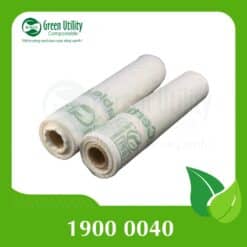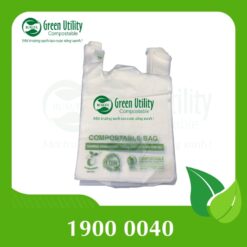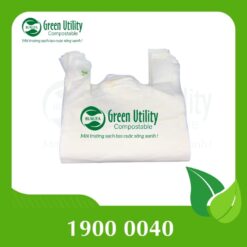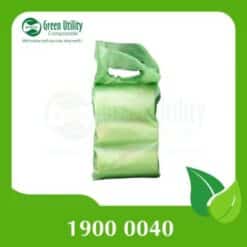Compostable Bags: What You Need to Know
In a world increasingly concerned with environmental sustainability, compostable bags have emerged as a promising alternative to conventional plastic bags. These bags, made from plant-based materials, break down naturally into nutrient-rich compost, reducing the burden of plastic pollution on landfills and ecosystems. As consumers seek eco-friendly choices, understanding the benefits and proper use of compostable bags becomes essential.
Compostable Bags: A Sustainable Alternative to Plastic Bags
Conventional plastic bags, derived from petroleum, are notorious for their persistence in the environment. Their durability, once considered a virtue, now poses a significant threat. These bags clog landfills, decompose into microplastics that harm marine life, and contribute to global plastic pollution.
Compostable bags offer a sustainable solution to this problem. Made from materials like cornstarch, vegetable oil, or PLA (polylactic acid), these bags break down naturally under specific conditions, leaving behind organic matter that enriches the soil. Unlike conventional plastic bags that can take centuries to decompose, compostable bags break down within months or even weeks, depending on the composting process.
Types of Compostable Bags
Compostable bags come in various sizes and thicknesses to suit different needs, from kitchen caddy liners to outdoor compost bin liners. They are often certified by organizations like ASTM International or BPI (Biodegradable Products Institute) to ensure they meet specific standards for biodegradability and compostability.
Why are Compostable Bags better for the environment?
The use of compostable bags offers several environmental benefits:
- Reduced Plastic Pollution: Compostable bags break down naturally, eliminating their contribution to plastic pollution in landfills and ecosystems.
- Sustainable Material Use: Made from plant-based materials, compostable bags promote the use of renewable resources and reduce reliance on fossil fuels.
- Nutrient-Rich Compost: The breakdown of compostable bags produces nutrient-rich compost that can be used to enrich soil and promote healthy plant growth.
- Reduced Greenhouse Gas Emissions: By diverting organic waste from landfills, compostable bags help reduce methane emissions associated with landfill decomposition.
How to compost Compostable Bags
Proper composting is crucial for ensuring that compostable bags break down completely and safely. Here are the key steps:
- Choose a Composting Method: Home composting or municipal composting programs are viable options.
- Check for Certification: Ensure the compostable bags are certified by organizations like ASTM International or BPI.
- Shred or Tear Bags: Shredding or tearing bags increases their surface area and promotes faster decomposition.
- Maintain Proper Compost Conditions: Ensure the compost pile has a balance of green (nitrogen-rich) and brown (carbon-rich) materials, adequate moisture, and proper aeration.
- Monitor Compost Progress: Monitor the compost pile regularly, adding more green or brown materials as needed.
Conclusion
Compostable bags represent a significant step towards reducing plastic pollution and promoting a more sustainable future. Their ability to break down naturally and produce nutrient-rich compost makes them an eco-friendly alternative to conventional plastic bags. By understanding the benefits and proper use of compostable bags, consumers can make informed choices that protect the environment and promote sustainability.
Compostable Food Packaging Bags





